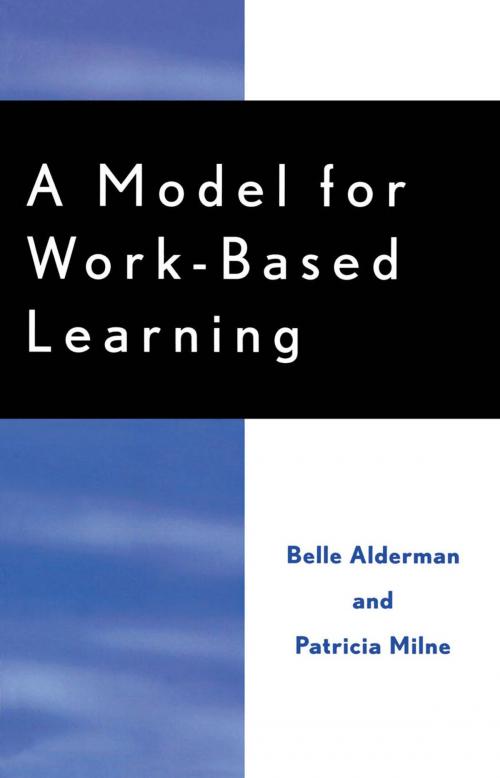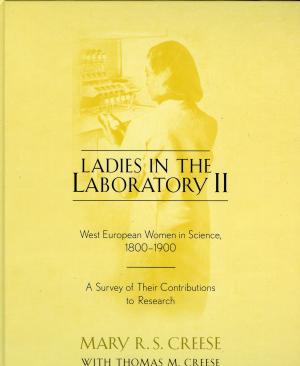A Model for Work-Based Learning
Nonfiction, Reference & Language, Education & Teaching, Educational Theory, Aims & Objectives| Author: | Belle Alderman, Patricia Milne | ISBN: | 9781461655954 |
| Publisher: | Scarecrow Press | Publication: | September 26, 2005 |
| Imprint: | Scarecrow Press | Language: | English |
| Author: | Belle Alderman, Patricia Milne |
| ISBN: | 9781461655954 |
| Publisher: | Scarecrow Press |
| Publication: | September 26, 2005 |
| Imprint: | Scarecrow Press |
| Language: | English |
Work-based learning, in which professional work experience is closely integrated with professional study, now forms an important part of many courses in tertiary institutions. A Model for Work-Based Learning offers a plan designed to enhance the professional experience through facilitated mentoring and reflective learning, and is based on an internship that has proven highly successful over the last ten years at the University of Canberra. This strategy, which features collaborative teaching and learning, is applicable to other professional courses within tertiary environments.
Part 1 describes the research base for all aspects of the model and shows how a program based on the theoretical model can be implemented, bringing together facilitated mentoring and theory. Part 2 contains a range of activities that can be used by educators during all aspects of the work experience, from preparing students and mentors through assisting the student's move into the professional workforce. The conclusion explores the crucial success factors of the work-based learning model. This volume is an invaluable guide to educators and mentors in the workplace.
Work-based learning, in which professional work experience is closely integrated with professional study, now forms an important part of many courses in tertiary institutions. A Model for Work-Based Learning offers a plan designed to enhance the professional experience through facilitated mentoring and reflective learning, and is based on an internship that has proven highly successful over the last ten years at the University of Canberra. This strategy, which features collaborative teaching and learning, is applicable to other professional courses within tertiary environments.
Part 1 describes the research base for all aspects of the model and shows how a program based on the theoretical model can be implemented, bringing together facilitated mentoring and theory. Part 2 contains a range of activities that can be used by educators during all aspects of the work experience, from preparing students and mentors through assisting the student's move into the professional workforce. The conclusion explores the crucial success factors of the work-based learning model. This volume is an invaluable guide to educators and mentors in the workplace.















